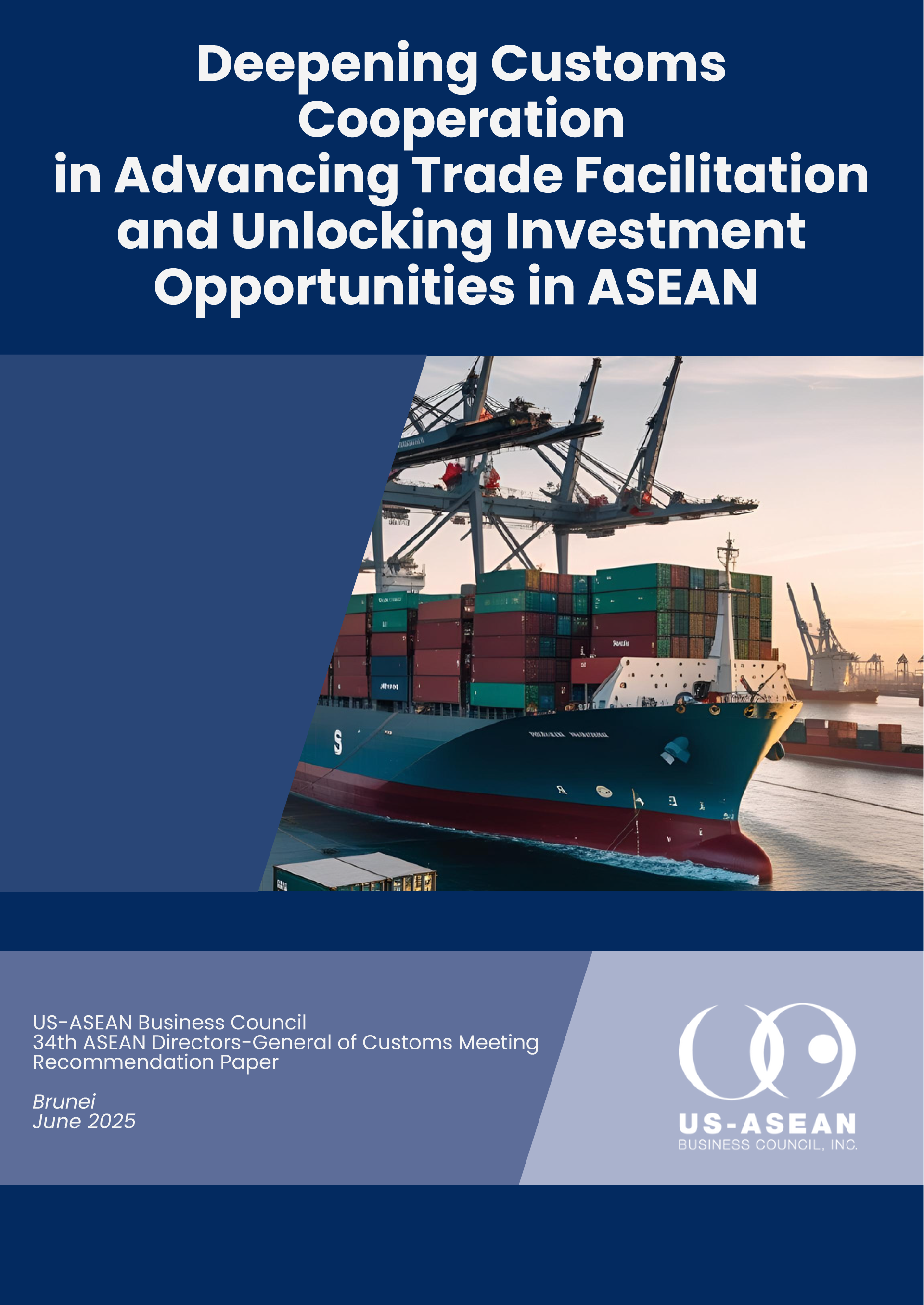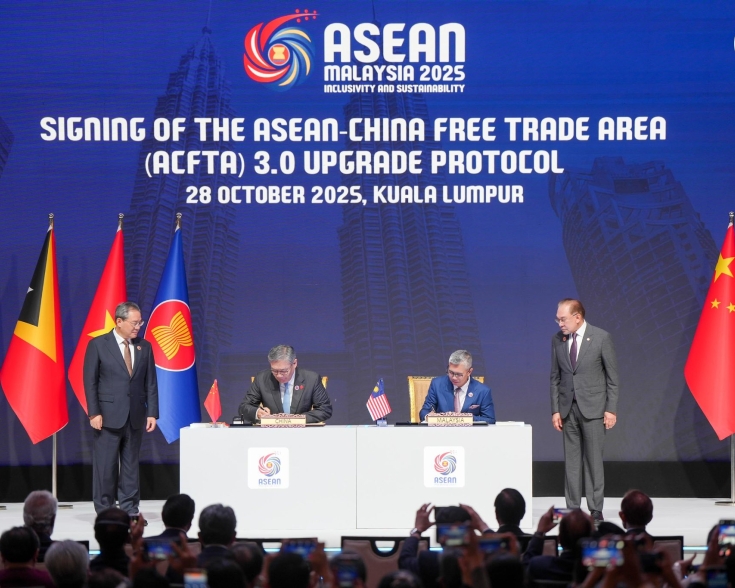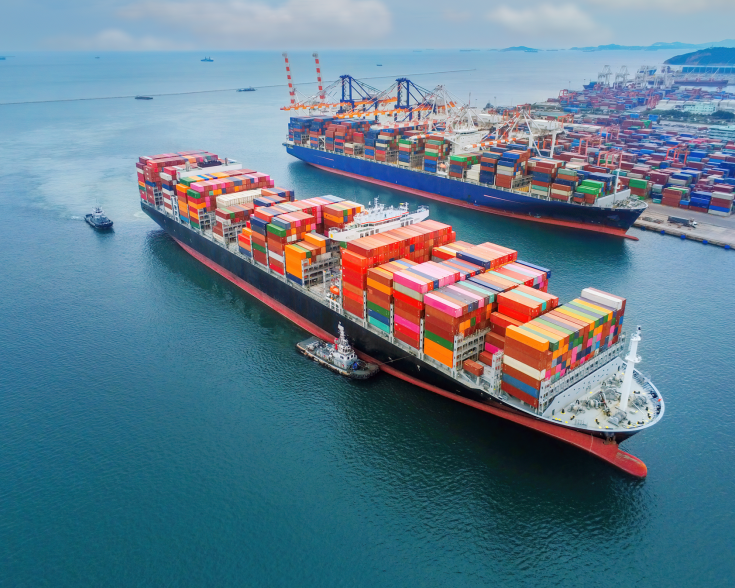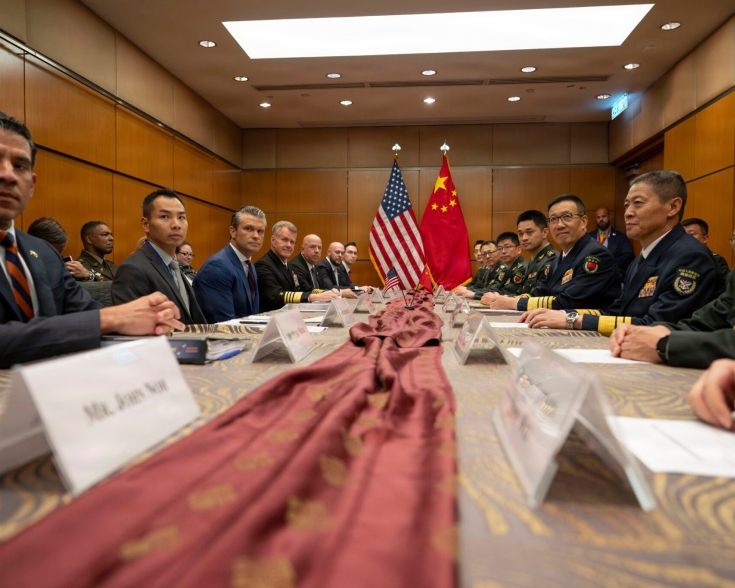Malaysia and ASEAN Scale Up Green Finance and Transition Initiatives
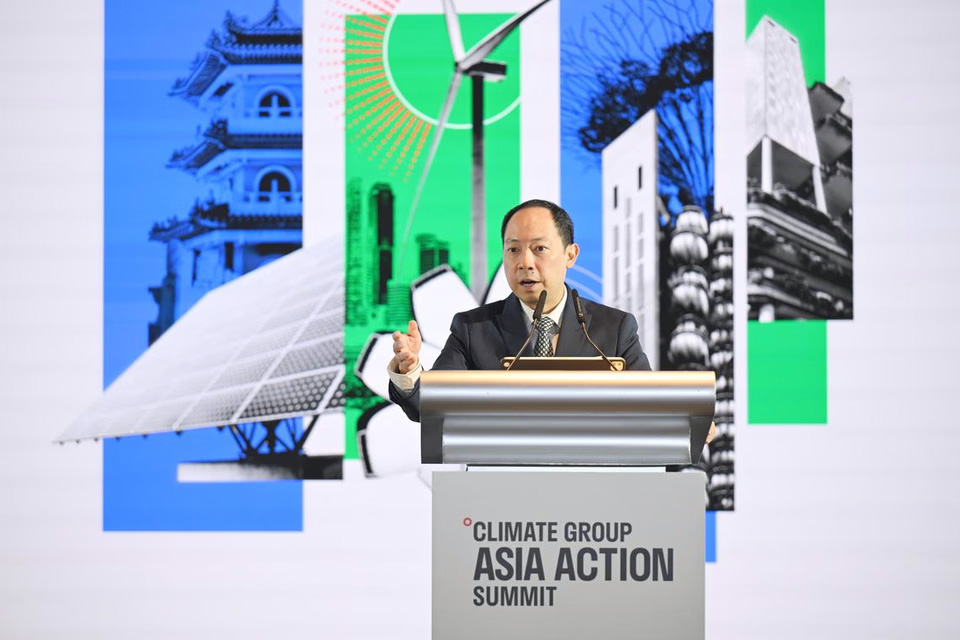
ASEAN financial ministers and central bank officials committed to promote the region’s transition towards a low-carbon future through sustainable finance initiatives and collaboration. As ASEAN Chair for 2025, Malaysia is promoting financing for energy transition projects, including a joint playbook by Bank Negara Malaysia, UN Development Program, and the Asian Development Bank, entitled “Building Supply Chain Resilience: Insights into Greening Value Chains for ASEAN.” The playbook draws on Malaysia’s learnings from its Greening Value Chains (GVC) rollout, aiming to share best practices and potential pitfalls for other regional stakeholders, particularly small and medium-sized enterprises (SMEs).
Regionally, ASEAN finance officials also aim to advance the ASEAN Power Grid (APG) initiative, both as a tool to facilitate green energy transition and enhance regional connectivity and cooperation. However, Energy Market Authority assistant chief executive Low Xin Wei highlighted key challenges hampering the broad-based implementation of the APG, citing fragmented infrastructure, limited standards harmonization (e.g. internationally recognized green energy certification), and the region’s significant green financing gap worth US$210 billion per year.
Accordingly, ASEAN launched its ASEAN Infrastructure Fund (AIF) Action Plan for 2025-2028. The plan prioritizes initiatives to expand the AIF’s financial capacity and range of financial solutions, improve loan funding competitiveness, and enhance the ASEAN Catalytic Green Finance Facility’s collaboration with funding and capacity-building partners, including multilateral development banks, Development Finance Institutions, and private capital donors. To date, 92% of the US$500 million AIF funds have been disbursed, supporting 15 projects worth US$9 billion, across 6 ASEAN countries.




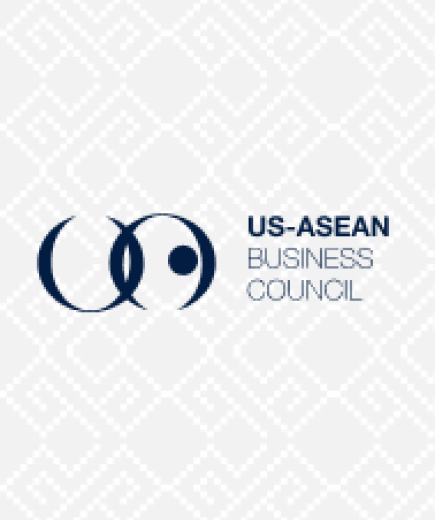
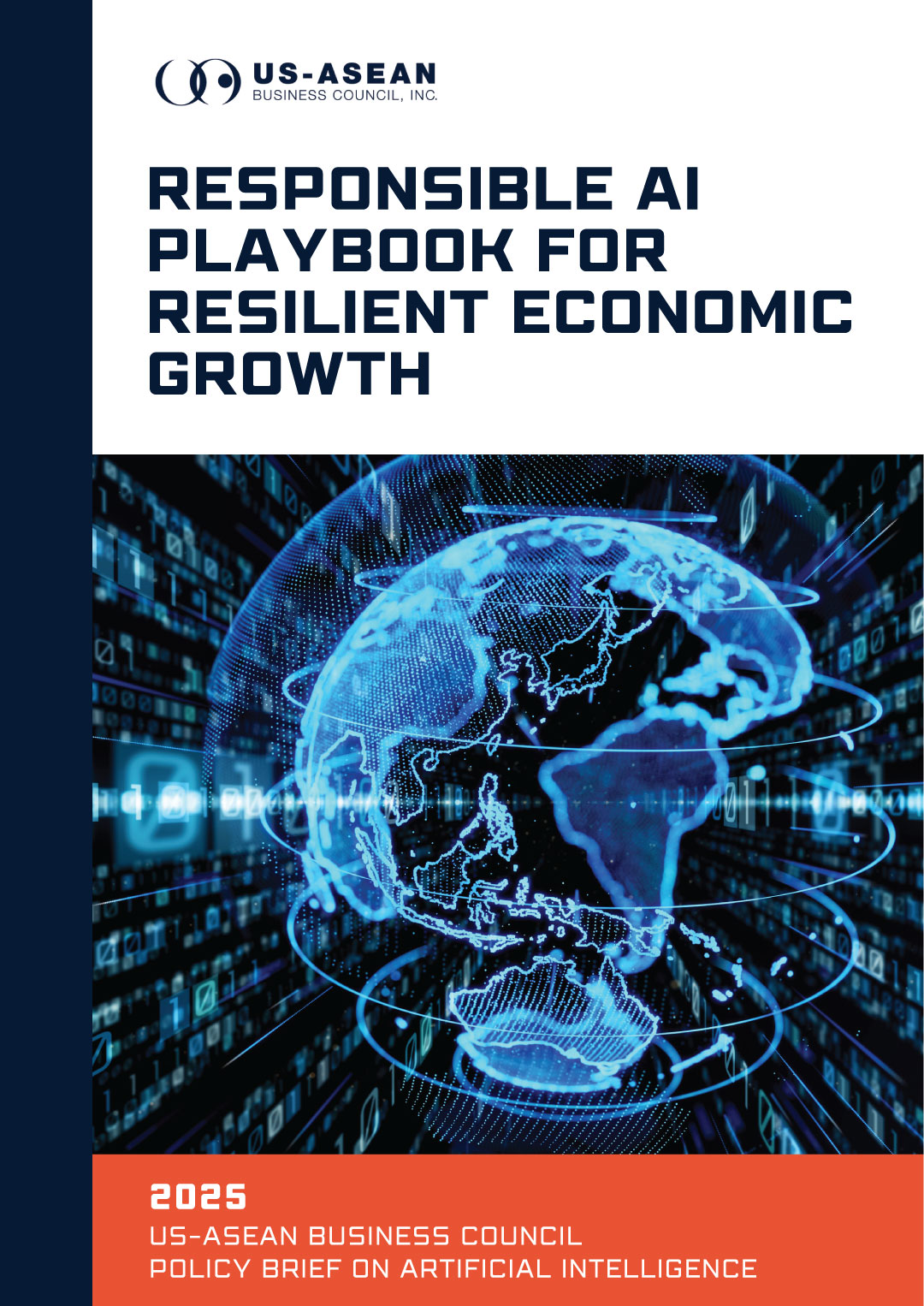
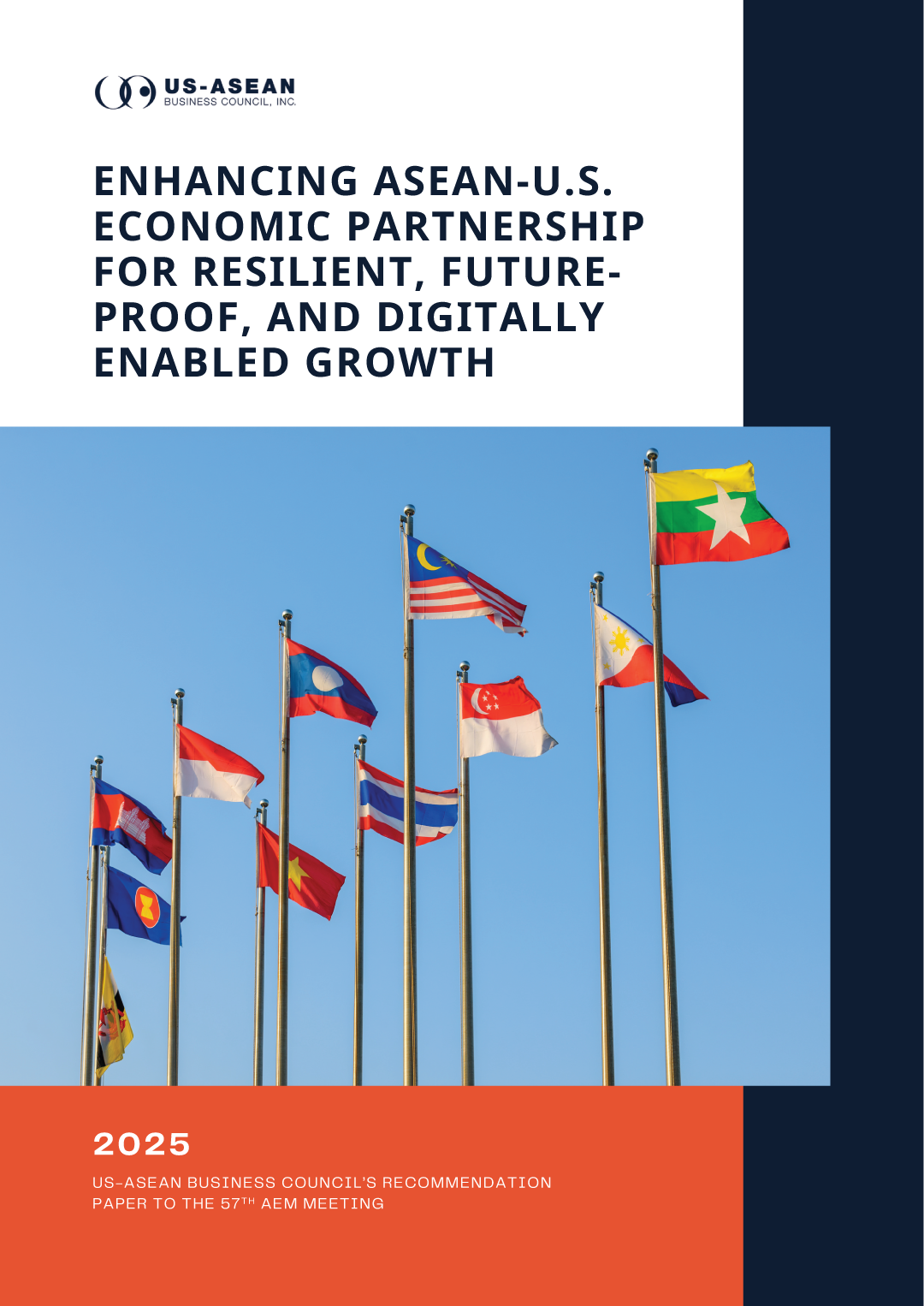
![Cover-[USABC-Final]-Driving-ASEAN-Unity-Malaysia's-Vision-for-2025](/sites/default/files/2025-07/Cover-%5BUSABC-Final%5D-Driving-ASEAN-Unity-Malaysia%27s-Vision-for-2025.jpg)
